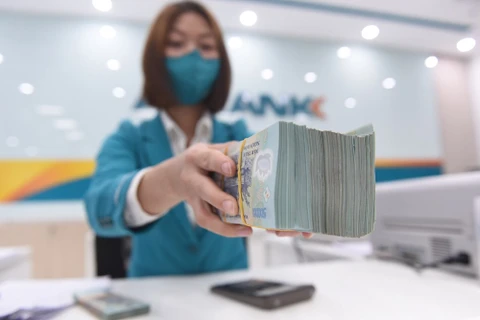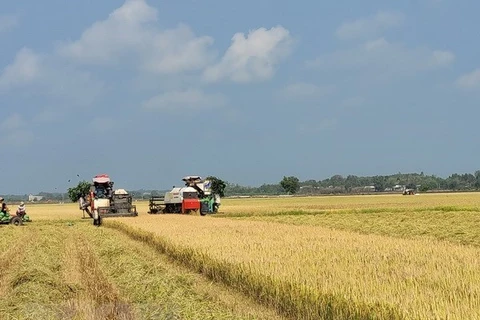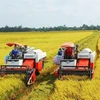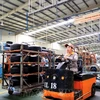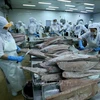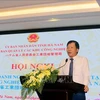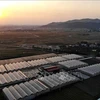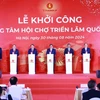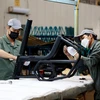Hanoi (VNS/VNA) - The State Bank of Vietnam (SBV) is collecting comments on its draft circular to minimise potential risks for non-banking credit institutions and ensure they work in accordance with international standards.
The draft circular stipulates the internal control system of non-banking credit institutions, which include financial companies, financial leasing companies and other non-banking credit institutions.
According to the SBV, the operation of non-banking credit institutions is simpler than that of commercial banks and foreign bank branches. Under the current legal regulations, the institutions are not allowed to receive deposits from individuals, but only from organisations; as well as not being permitted to provide payment means and payment services like commercial banks and foreign bank branches, but their operations still pose risks.
Therefore, the establishment of a risk management system according to Basel standards can be considered a solution to minimise potential risks that may occur during the operation of non-banking credit institutions, the SBV said, adding that the change is also consistent with the current trend of corporate governance in general.
The draft circular stipulates the internal control system must have three independent protection lines.
The first line has the function of identifying, controlling and mitigating risks. Banks’ divisions related to sales, risk control, accounting and human resources will take responsibility for the line.
The second line has the function of developing risk management policies and internal regulations on risk management. It also takes the responsibility for measuring and monitoring risks.
The third line has the function of internal auditing, which will be performed by the banks’ internal audit division in accordance with the Law on Credit Institutions and this circular.
According to the SBV, the draft circular is also consistent with the regulations in Basel which also has the similar three-line protection model.
Besides, the new regulations in the draft circular are dispensable as the Law on Credit Institutions has also amended and supplemented regulations that credit institutions must issue internal regulations to ensure risk management, the SBV said./.
The draft circular stipulates the internal control system of non-banking credit institutions, which include financial companies, financial leasing companies and other non-banking credit institutions.
According to the SBV, the operation of non-banking credit institutions is simpler than that of commercial banks and foreign bank branches. Under the current legal regulations, the institutions are not allowed to receive deposits from individuals, but only from organisations; as well as not being permitted to provide payment means and payment services like commercial banks and foreign bank branches, but their operations still pose risks.
Therefore, the establishment of a risk management system according to Basel standards can be considered a solution to minimise potential risks that may occur during the operation of non-banking credit institutions, the SBV said, adding that the change is also consistent with the current trend of corporate governance in general.
The draft circular stipulates the internal control system must have three independent protection lines.
The first line has the function of identifying, controlling and mitigating risks. Banks’ divisions related to sales, risk control, accounting and human resources will take responsibility for the line.
The second line has the function of developing risk management policies and internal regulations on risk management. It also takes the responsibility for measuring and monitoring risks.
The third line has the function of internal auditing, which will be performed by the banks’ internal audit division in accordance with the Law on Credit Institutions and this circular.
According to the SBV, the draft circular is also consistent with the regulations in Basel which also has the similar three-line protection model.
Besides, the new regulations in the draft circular are dispensable as the Law on Credit Institutions has also amended and supplemented regulations that credit institutions must issue internal regulations to ensure risk management, the SBV said./.
VNA


